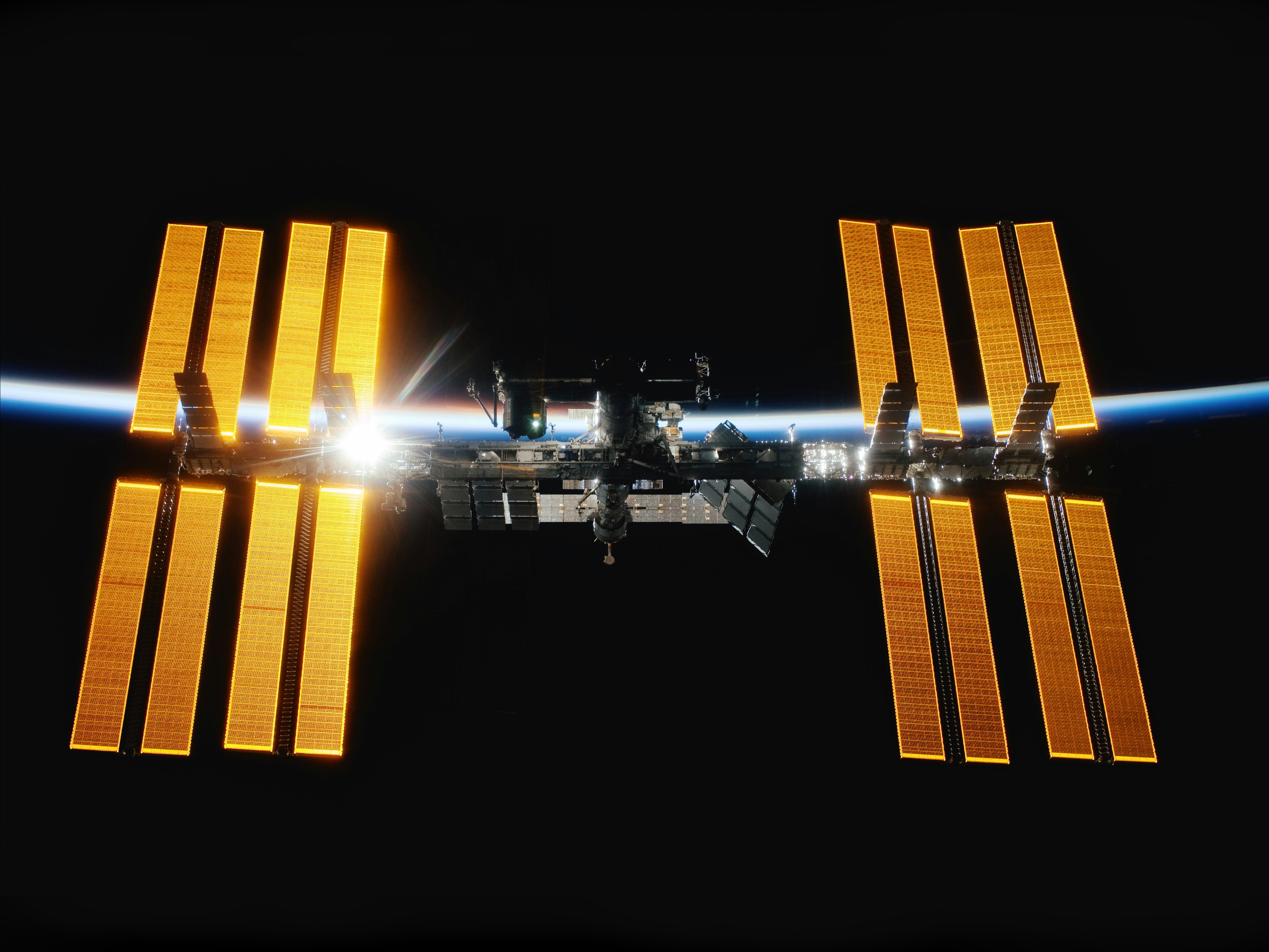APPLICATION ENGINEERING - AEROSPACE AND DEFENSE:
(LINEAR DYNAMICS SYSTEMS AND STRUCTURAL OPTIMIZATION)
Bullisher is a data-centric fintech solution provider in the aerospace and defense industry for institutional-level investors, looking to disrupt and revolutionize a $3 trillion industry. We spearhead an industry-leading Blackbox to facilitate and administer trade agreements pioneered by a vehicle, driven by our new generation benchmark delivering solutions through innovation with uncompromising agility. We predict trends in the aerospace and government defense sectors, as well as political shifts, and aim to influence actual changes in government policies through innovation.
JOB DESCRIPTION:
A team of four - The oversight requires staggering a solution across the harmonic and transit domain, performing automated frequency time-transformation to capture the force response and passing that back to the frequency domains in the simulation.Areas to cover will include:
- Capturing stick-slip behavior and sliding behavior.
- The effects on frequency responses.
- Harmonic balance simulation.
- Performance output component mode synthesis point-point interaction between the super element through generative, multi-cyclic symmetry analysis for tabular objects.
- Running large models complex-value arithmetic operations and fully supporting single-field structural model and acoustic models.
MANDATE TO IMPROVE:Improve accuracy and performance particularly for single-field acoustic analyses, support frequency domain decomposition, support linear harmonic analyses, support user-defined frequency tables, new command options, optional parameters to control maximum subspace dimension, controlling the frequency and reducing information out for mode superposition analysis, hyper-elastic materials. This facilitates accurate post-processing of an analysis with multiple response spectra, allowing the exposure of direct results combination in mechanical for response spectrum leading to a gain in time.
Areas to cover will include:
- Capture the velocity and acceleration frequency response when scoped to remote points.
- Frequency content enforcement motions on demand expansion and support displacement.
- Multi-step prestressed harmonic response.
Our objective of the feature is to show a property in the imported condensed part which tells the number of modes extracted during the generation pass using component mode synthesis command. The geometry-based primary factors are mass, volume, center of gravity, and moment of inertia, structural optimization.
MANDATE TO IMPLEMENT:The ability to adjust the stress control, all the elements including the exclusion or localized stressed control operating out a global stress criteria or localized stress producing different results, feeding harmonic analysis into a structural optimization. Turn the data options on and then connect harmonic solution to a downstream structural optimization, specify what geometry is measured, displacement, velocity, acceleration, optimization driven by static analysis, topography optimization.
WHERE MATTERS REQUIRES ATTENTION:This scope includes items that are also within the scope of regulatory oversight regimes and will be addressed through cooperation with System Authorization of Control Systems (ATO) - Risk Management Framework (RMF) in conformity to DoDI 8510.01, Federal Information Security Management Act (FISMA), and in accordance with NIST SP 800-37, (NIST) Special Publication (SP) 800-53. System components within the attention will focus on safety and performance, environmental aspects will contribute to regulatory frameworks.
ENVIRONMENT:This position will operate in the following areas of the organization regulatory engineering divisionMULTIDOMAIN DEFENCE DOCK:
MULTIDOMAIN DEFENCE DOCK:Standard engineering lab environment.
Employees must be legally authorized to work in the UK. Verification of employment eligibility will be required at the time of hire. Visa sponsorship is not available for this position.
QUALIFICATION, KEY REQUIREMENTS AND SKILLS SET:
- A highly recommended degree in structural engineering with significant experience in large scale linear dynamics systems engineering projects.
- Prior experience executing structural works inSTEPS CONTROLSprojects with significant module scope of work.
- 10+ years extensive level of technical knowledge of engineering calculations, applications of engineering methods and materials, and applications ofcomputers 2-D and 3-D structural analysis, computer-aided design (CAD) and computer-aided engineering (CAE).


